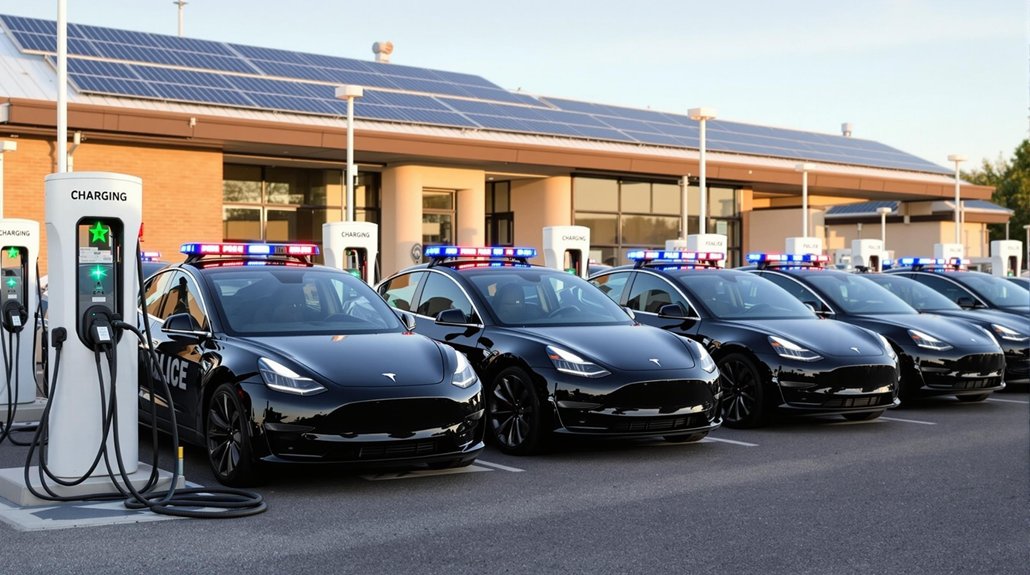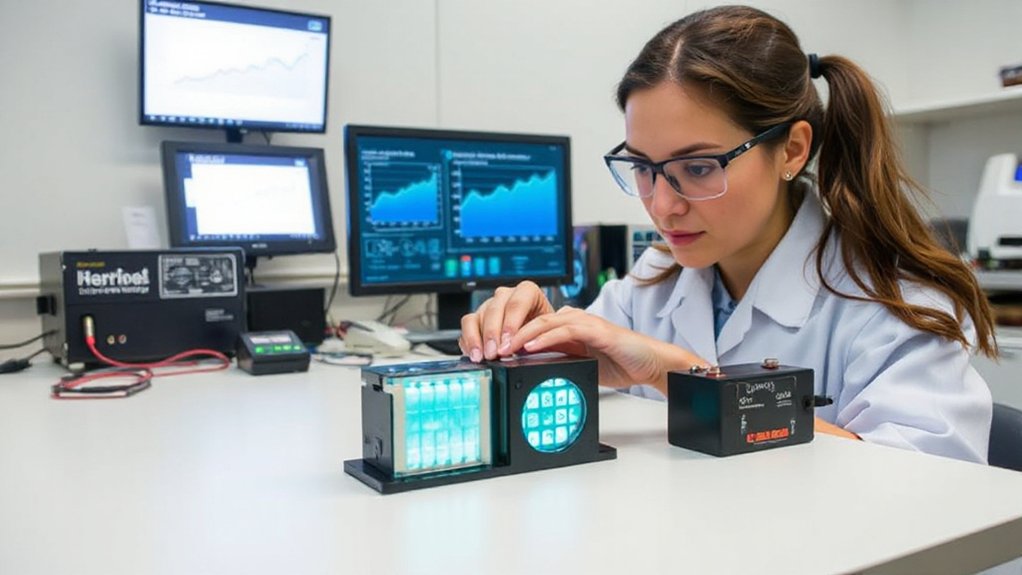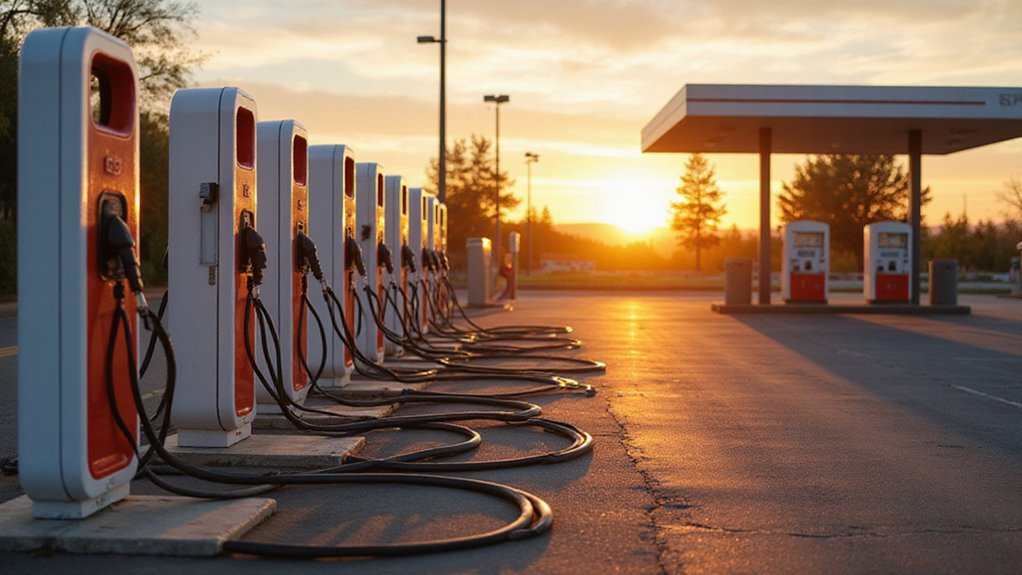Police departments nationwide are switching to electric vehicles and seeing major financial benefits. Electric police cars cost only 5 cents per mile to operate, compared to 26-28 cents for gas-powered cruisers. South Pasadena became the first fully electric fleet with 20 Teslas, while NYPD plans to have over 1,000 electric vehicles by spring 2024. Despite higher purchase prices, the long-term savings on fuel and maintenance quickly add up to thousands monthly.
As law enforcement agencies across the country seek ways to cut costs and reduce their environmental impact, many are turning to electric vehicles for their fleets. The numbers tell a compelling story: electric police cars cost about 5 cents per mile to fuel, compared to 26-28 cents for traditional gasoline-powered vehicles.
South Pasadena, California made history as the first U.S. law enforcement agency to completely replace its police fleet with electric vehicles, adding 20 Teslas to their operation. New York City isn’t far behind, with more than 625 plug-in electric models currently in service and 446 more on order. By spring 2024, the NYPD expects to have over 1,000 electric vehicles patrolling city streets.
Cities are leading the electric police fleet revolution, from South Pasadena’s full Tesla deployment to NYPD’s thousand-vehicle commitment.
The savings are substantial. Police departments that have switched to electric vehicles report thousands of dollars saved each month on fuel and maintenance costs. Electric vehicles have fewer moving parts than traditional cars, which means less frequent servicing and lower overall maintenance expenses.
While the initial purchase price of electric vehicles is higher, the long-term operational savings quickly offset this investment. Law enforcement agencies are testing various models including the Ford Mustang Mach-E, Tesla Model 3 and Y, Chevy Bolt, and the new Chevy Blazer Police Pursuit EV. The 2025 Chevy Blazer model has been specifically designed with features for police use.
The shift also supports environmental goals. By reducing emissions, police departments are helping improve air quality in the communities they serve while meeting climate action targets set by their municipalities. This transition aligns with broader energy trends, as renewable sources are projected to provide over one-third of total global electricity generation by 2025.
Challenges remain, particularly around charging infrastructure. Departments must guarantee reliable access to charging stations and adjust vehicle rotation schedules to accommodate charging times while maintaining 24/7 patrol coverage. The NYPD has installed 51 fast chargers specifically for their law enforcement vehicles to address these infrastructure needs.
Most agencies are taking a phased approach to the shift, with some aiming to electrify 30% of their fleets by 2030. This gradual implementation allows departments to evaluate performance in various policing scenarios and make adjustments as needed.
As electric vehicle technology continues to improve, more police departments are likely to follow suit, balancing operational needs with financial and environmental benefits.








